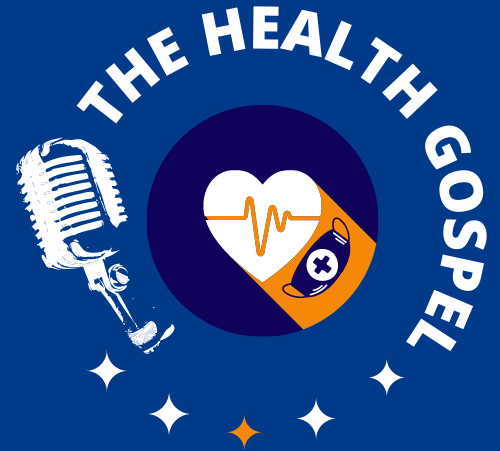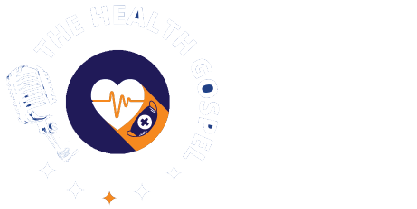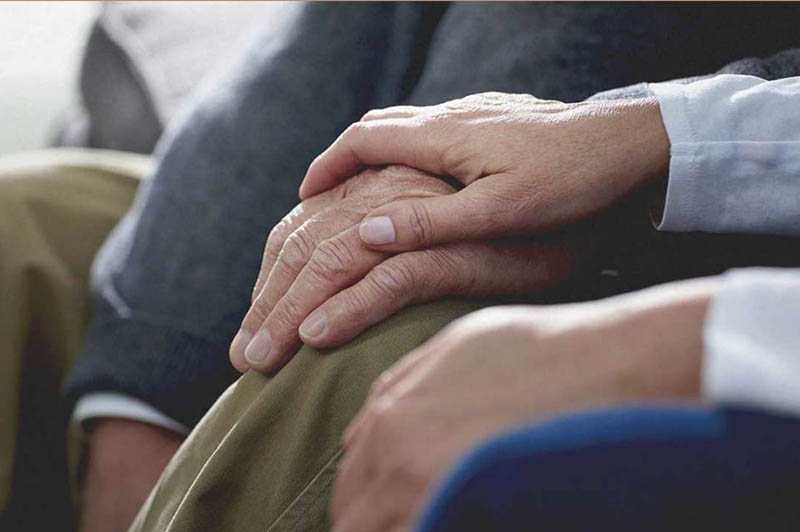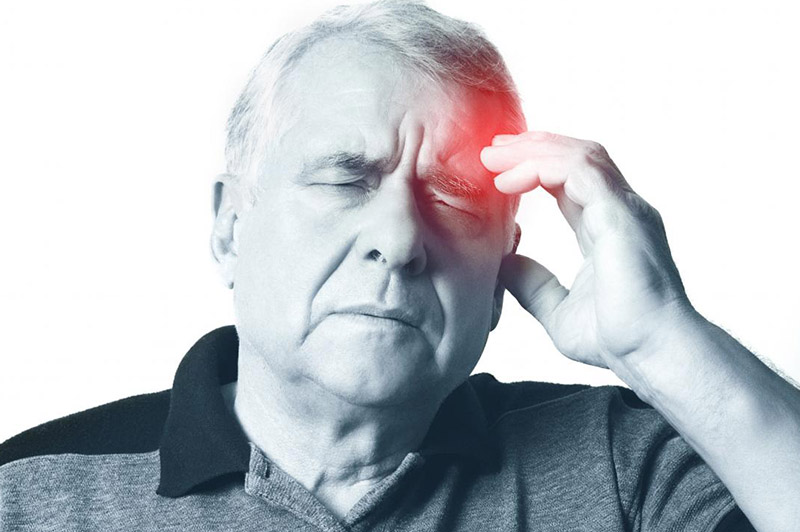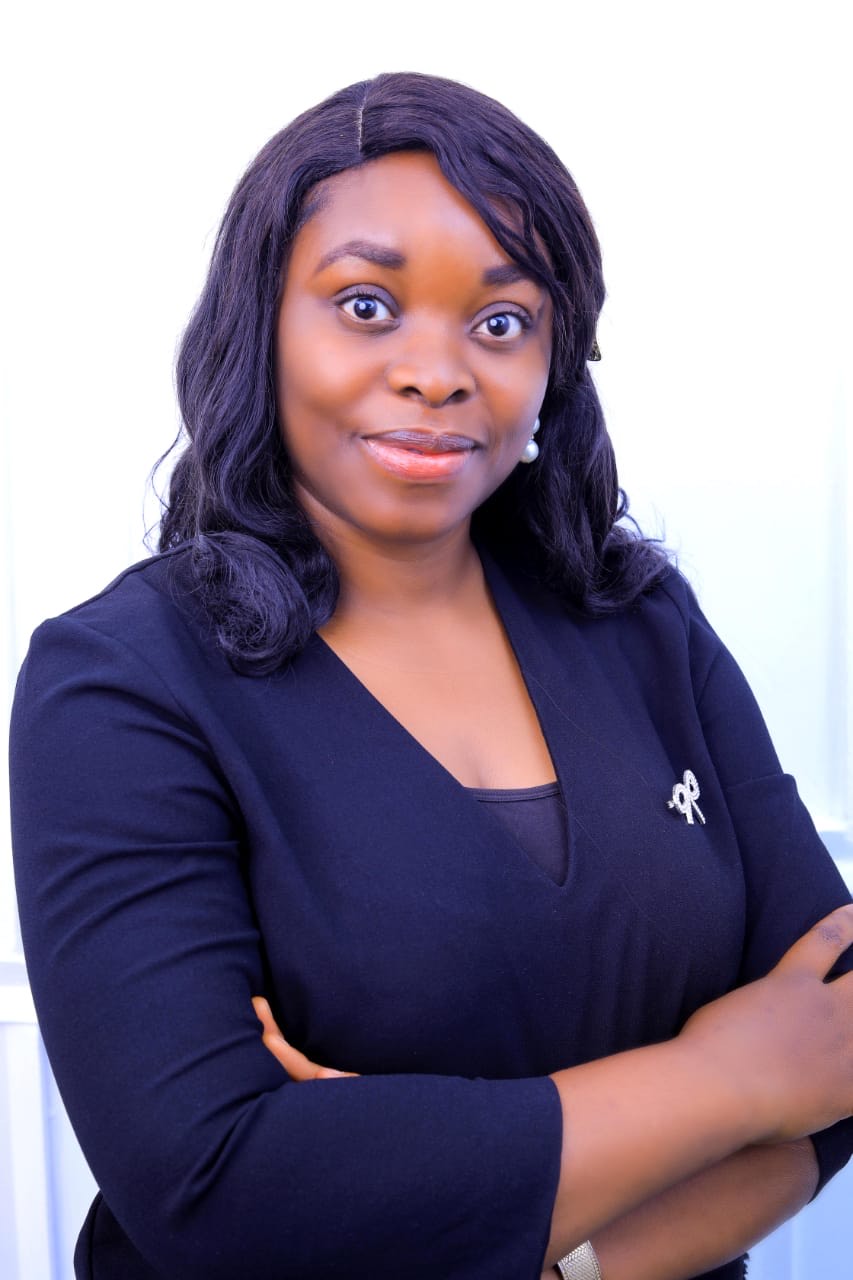
STROKE SERIES 3
Symptoms of stroke.
Stroke symptoms are numerous and varied. This largely depends on the part of the brain affected and the type of stroke.
Stoke may manifest with classic dramatic changes or confusing symptoms. Dramatic because it’s so sudden in someone who was hitherto fit as a fiddle.
Confusing because some of the symptoms such as vomiting, dizziness, and saying things that don’t make any sense, are similar to those of other common illnesses.
This article will discuss the various ways in which stroke may manifest. By the time you finish reading this, you would know how stroke can manifest. You will also learn some of the less common symptoms of a stroke.
Why stroke manifest in different ways
A stroke, also called a brain attack, is a medical emergency. Your brain has 3 major parts:
the biggest part is called the Cerebrum, the part that continues with your spinal cord called the brainstem, and the part at the back of your head called the cerebellum.
Each of these is interconnected but has specific functions.
Symptoms of stroke
Most strokes occur in the largest part of the brain. generally, strokes present with
- Facial weakness
- Weakness of arms and legs
- Inability to talk
- Inability to understand the spoken word
- Numbness/ of limbs
- Convulsions
- Nausea
- Vomiting
- Persistent severe headaches
- Neck stiffness/ pain
- Abnormal (hot/ burning or cold) sensations in the limbs.
Your cerebellum helps fine-tune your movements and maintain balance. In addition to the symptoms above, Stroke in this part of the brain will manifest as
- Dizziness: Feeling of rotational movement in your environment
- Unsteadiness: feels like you are unbalanced whether sitting or standing, walking like a drunk person.
- Sideways movement of your eyeballs which you can't control.
- Shaking of your fingers and hands especially when you want to pick up an object.
Silent strokes
It is possible to have a stroke with subtle symptoms that can easily go unnoticed or without symptoms. Silent strokes are detected as incidental findings when you do a brain scan.
Population studies found up to 25 percent of silent strokes in those with high blood pressure who had no symptoms. Having silent strokes increases the risk of more strokes. It is associated with cognitive impairment (including memory problems) and mental health conditions in the future.
Have you heard about mini strokes?
There is a type that lasts a few seconds and is resolved almost immediately. It is a warning sign for a more overt brain attack. It happens when there’s a blockage in a blood vessel that opens up almost immediately. About 17 percent of those who have mini-strokes (also known as transient ischaemic attacks) will have another more serious stroke within ninety days. If
you have this experience go to the hospital for treatment to avoid another event.
How to recognize a stroke
These are the most common symptoms you should look out for. You can easily recall it with the acronym BE FAST.
BALANCE: Observe if the person is losing balance, or nearly falling near miss falls. Did they complain of dizziness, feeling unsteady, or falls?
EYE: Do they complain of being unable to see properly with one eye? Do you notice that they sometimes bump into objects by their side? Sudden complete loss of vision in one eye.
FACE: Ask the person to show you their teeth. Alternatively, observe when they speak or smile. Did the person's mouth twist to one side?
ARM: Ask the person to lift their arms and legs one after the other. Is the person unable to lift his/ her arm above their head? Does s/he feel the arm is heavy?
SPEECH: Observe how the person speaks. talking as though there is water in his/her mouth? Is s/he unable to speak or unable to understand you?
TIME: Time is critical. Take him/her to the hospital immediately!
What not to do when you notice stroke symptoms
Once you note any of these suddenly in a person who is otherwise well please get help immediately. More so If this person has any of the risk factors for stroke, help them get to the hospital immediately.
If you can get the person to the hospital within 3-4 hours of the event, there is a good chance of reversing an ischaemic stroke. This can be reversed by a drug that would dissolve the blood clot causing the blockage. This drug can only be given within 4.5 hours of the event.
Now you:
- Do not give them their BP drugs even if their BP is high or they’ve not taken it for days. They may choke on it due to weakness in the muscles of swallowing. In addition, BP drugs immediately after a stroke can worsen the weakness. It can make
that limb become completely paralyzed. - This is not a time to start binding and casting evil spirits without going to the hospital. You can pray on your way to the hospital, please.
- Do not give anything by mouth including holy water and anointing oil. It can enter the wrong place and cause breathing problems which can lead to death.
In conclusion, a stroke is an emergency. Early medical treatment can reduce the extent of disability and risk of death following a stroke. Next week, we will round up this series.
Kindly leave your questions and comments.
We love to read feedback from you.
